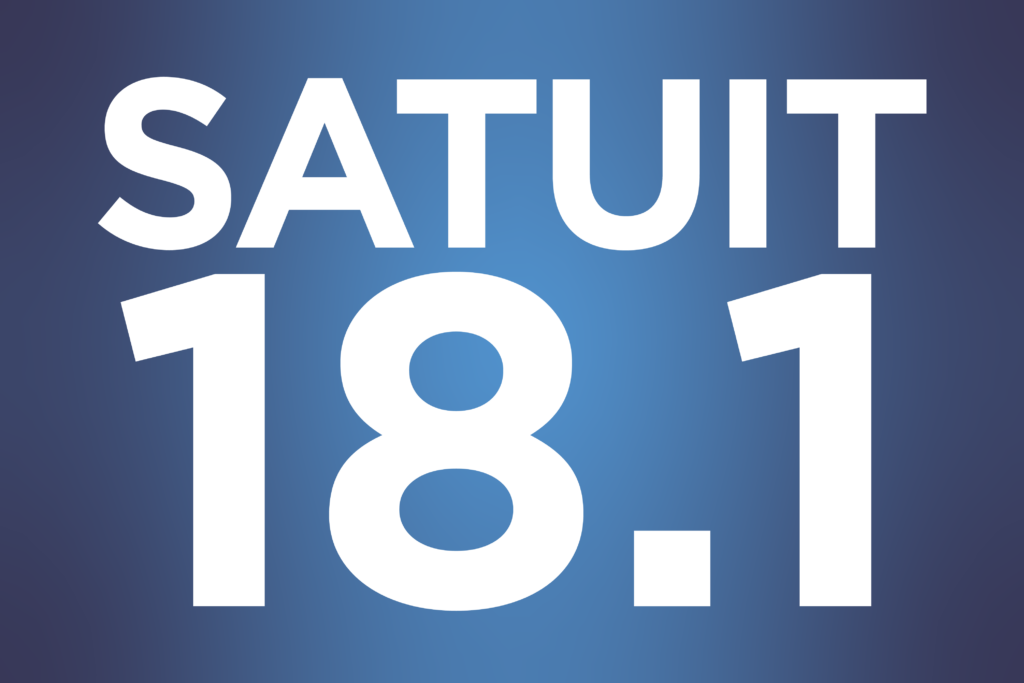When speaking with potential clients, a common issue we hear about is low CRM adoption in their previous attempts to implement a software solution. Often times they are frustrated because the lack of use of their CRM does not deliver the promised return on investment. When pressed, employees will admit they barely use the tool. Their CRM supports their management needs, but not the end-user. While some firms may try to increase investment into a failing CRM project, a lack of funding is usually not the issue.
Reasons for a Lack of CRM Adoption
As providers of a buy side CRM solution, we have noticed similarities in new and prospective clients’ low adoption rates with their previous CRM systems.
Delays in Use
A key factor in high CRM adoption rates is ensuring early use from team members. The longer a tool goes unused, the less likely it will become a regular part of an employee’s day. Incentivizing early use is key to ensuring your team gets the most out of its CRM.
Difficulty in Use
The primary goal of an effective CRM should be to improve efficiency on a variety of tasks. If users are spending more time trying to figure out how to use the software than they would be manually completing the work that the CRM should be assisting with, they will naturally become frustrated. In our experience, one of the biggest reasons for low CRM adoption rates is a difficult to use CRM system.
Having an intuitive CRM that professionals can easily navigate and utilize will allow users to see the benefits that an effective software can have on their productivity. Users should of course initially be trained on certain features, however should have no further operational difficulties once trained.
Lack of Administrative Support
Employees should be encouraged by higher-ups to utilize the software. As you may well know, employees can be resistant to change. Encouragement from administrators when implementing a new program can increase CRM adoption. Without backing from administrators, employees will be less likely to start using a new software, regardless of the benefits it may bring them.
Ineffective Implementation
As mentioned above, getting your team to immediately begin using a new program will greatly increase the chances of a high CRM adoption rate. To achieve this it is critical to have a successful CRM implementation strategy. For suggestions on ways to accomplish this, check out our white paper on 10 critical factors of a Successful CRM Implementation.
Your CRM Should Be a Pleasure to Use, Not a Burden
We are excited when our users tell us SatuitCRM is the first or second application they open in the morning (right after their email). Our company has always focused on investment management professionals. Many on our team worked in the industry. SatuitCRM is easy to use because it works the way you work. It gives you maximum control over what you care about.
SatuitCRM users can design their own personal Home Page with our drag and drop UX tools; Adding charts, lists, menu shortcuts, and reminders. Your contacts easily roll up to entities that roll up to relationships. Because our CRM meets the users’ needs, they are more likely to use it. That means better, more useful data – the left hand always knows what the right hand is doing. Activities can be viewed at the contact, branch, and group level. Our 2-way Outlook synchronization means that emails and meetings are never lost. Even attachments are easy to find without having to remember which email they were attached to. Add up to 99 emails and attachments with a single click.
When we created SatuitCRM we set out to build a tool for an industry we know well. We understood the specific challenges of that industry. Our knowledge is the basis of a CRM tool that can be quickly configured for your team. Changing CRM is a challenge, but it is not as big a challenge as you think if you choose the “CRM built for asset managers.”
Contact us today to learn more about our suite of buy side software products, including a CRM solution with proven high adoption rates.





